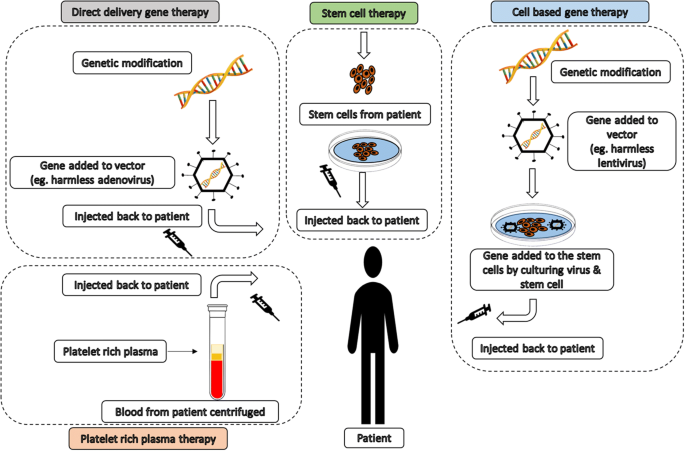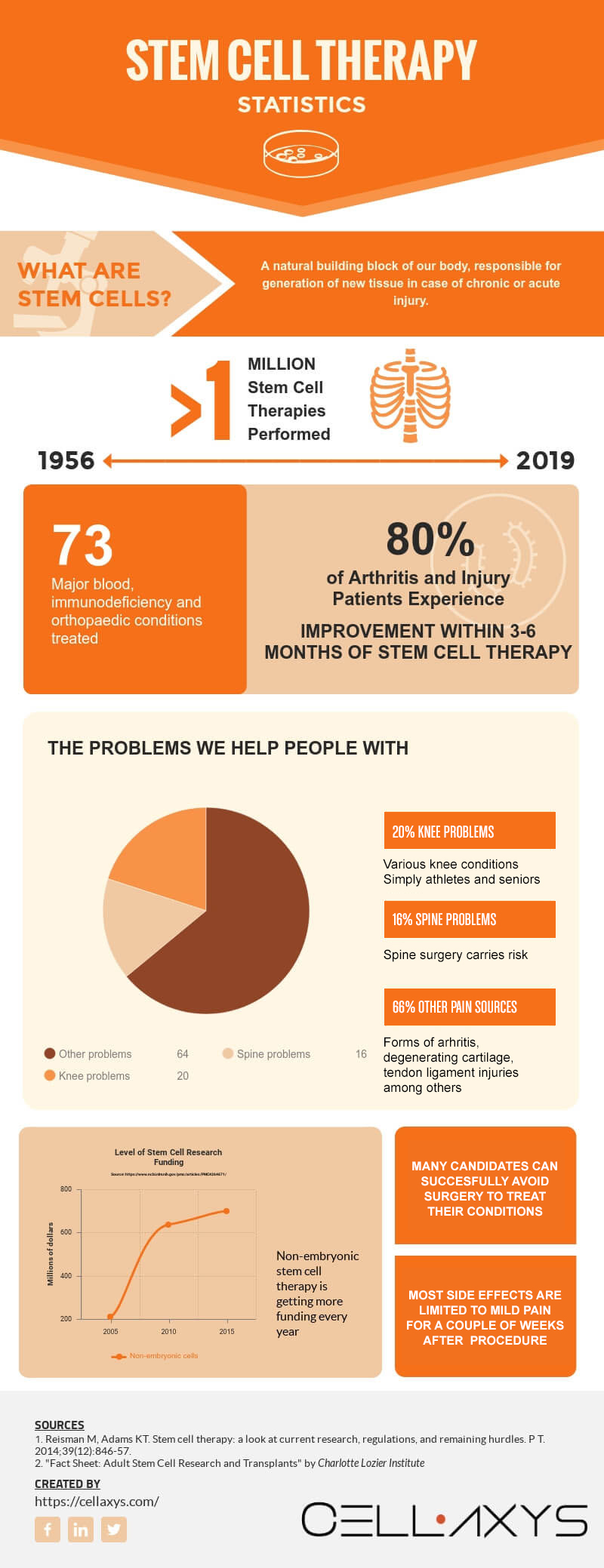Table of Contents

[/image][=video]
[/video]
There are lots of types of stem cells. Generally, the term stem cell describes a category of cells that trigger other cells (like skin, blood, heart, and muscle mass cells) by replicating and setting apart in reaction to chemical cues. Totipotent stem cells appear at the earliest stage of growth and are the only stem cells which can create embryonic stem cells and the placenta.
Bone marrow transplant (BMT) is an unique treatment for clients with certain cancers cells or other diseases. A bone marrow transplant entails taking cells that are typically located in the bone marrow (stem cells), filtering system those cells, and giving them back either to the donor (person) or to one more individual. The objective of BMT is to transfuse healthy and balanced bone marrow cells right into a person after his/her own undesirable bone marrow has actually been dealt with to kill the unusual cells.
The blood cells that make other blood cells are called stem cells. The most primitive of the stem cells is called the pluripotent stem cell.
It is the stem cells that are needed in bone marrow transplant. The objective of a bone marrow transplant is to cure numerous diseases and kinds of cancer. When the dosages of chemotherapy or radiation required to cure a cancer cells are so high that a person's bone marrow stem cells will certainly be permanently harmed or destroyed by the therapy, a bone marrow transplant might be required.
Menopause Therapy in Port Huron, Michigan
This procedure is usually called rescue. Replace bone marrow with genetically healthy working bone marrow to stop more damages from a genetic disease procedure (such as Hurler's disorder and adrenoleukodystrophy). The dangers and advantages have to be considered in a complete conversation with your health care supplier and specialists in bone marrow transplants prior to the procedure.
There are different kinds of bone marrow transplants depending upon who the contributor is. The various sorts of BMT include the following: The donor is the patient himself or herself. Stem cells are taken from the individual either by bone marrow harvest or apheresis (a procedure of collecting outer blood stem cells), icy, and after that provided back to the person after intensive treatment.
The donor shares the very same hereditary kind as the person. Stem cells are taken either by bone marrow harvest or apheresis from a genetically matched contributor, generally a brother or sibling. Various other contributors for allogeneic bone marrow transplants might include the following: A haploid-identical suit is when the benefactor is a moms and dad and the genetic suit is at least half identical to the recipient.

Matching involves inputting human leukocyte antigen (HLA) tissue. The antigens on the surface of these unique white blood cells determine the hereditary makeup of an individual's body immune system. There are at least 100 HLA antigens; nevertheless, it is thought that there are a couple of significant antigens that determine whether a donor and recipient match.
Medical study is still checking out the role all antigens play in the procedure of a bone marrow transplant. The more antigens that match, the far better the engraftment of donated marrow. Engraftment of the stem cells happens when the given away cells make their way to the marrow and begin making brand-new blood cells.
Hormone Therapy around Port Huron, Michigan
All people collaborate to offer the most effective possibility for an effective transplant. The group contains the following: Medical care service providers who focus on oncology, hematology, immunology, and bone marrow transplantation. A nurse who arranges all aspects of care supplied prior to and after the transplant. The nurse planner will offer client education and learning, and coordinates the analysis testing and follow-up care.
Specialists who will aid you satisfy your nutritional demands prior to and after the transplant. A number of various other group members will certainly review you before hair transplant and will certainly offer follow-up care as required.

A total case history and physical examination are carried out, consisting of numerous tests to evaluate the person's blood and body organ functions (for instance, heart, kidney, liver, and lungs). An individual will certainly often enter into the transplant center as much as 10 days before transplant for hydration, assessment, placement of the main venous line, and various other prep work.
For an allogeneic transplant, an ideal (tissue keyed in and matched) contributor should be readily available. Volunteer marrow contributors are signed up in a number of national and international computer registries.
Donor sources readily available include: self, sibling, moms and dad or relative, nonrelated person, or umbilical cord from a related or nonrelated person. There are nationwide and international pc registries for nonrelated people and cord blood.
Menopause Therapy
Tests associated with his/her wellness, direct exposure to infections, and hereditary analysis will certainly be done to identify the extent of the suit. The donor will certainly be offered directions on how a bone marrow donation will be made. Once a suit for a patient needing a bone marrow transplant is discovered, then stem cells will be accumulated either by a bone marrow harvest.
Or by a peripheral blood stem cell collection. This is where stem cells are collected from the circulating cells in the blood.
Navigation
Latest Posts
Regenerative Therapy around Port Huron
Regenerative Therapy around Port Huron
Hormone Therapy in Port Huron